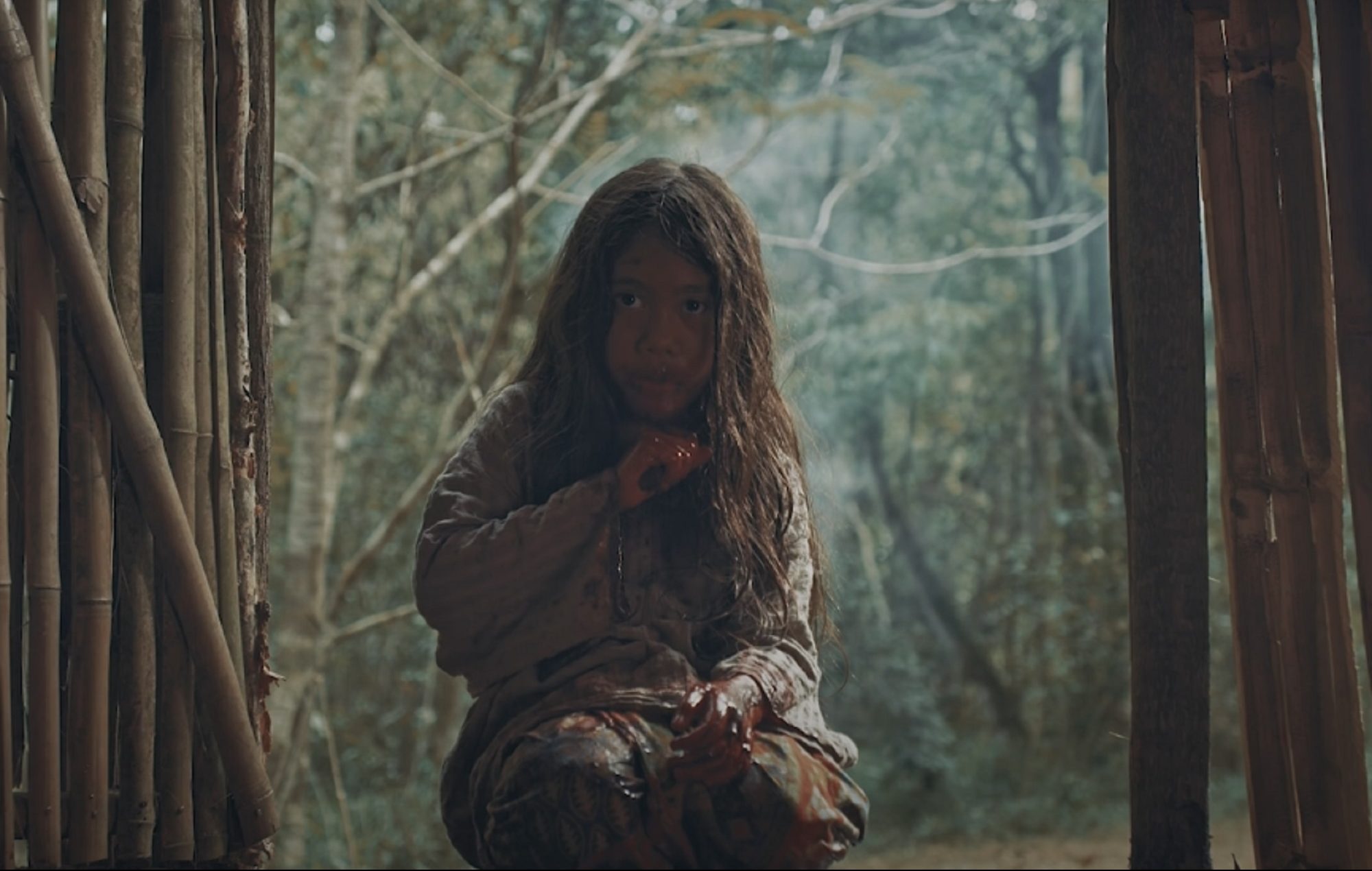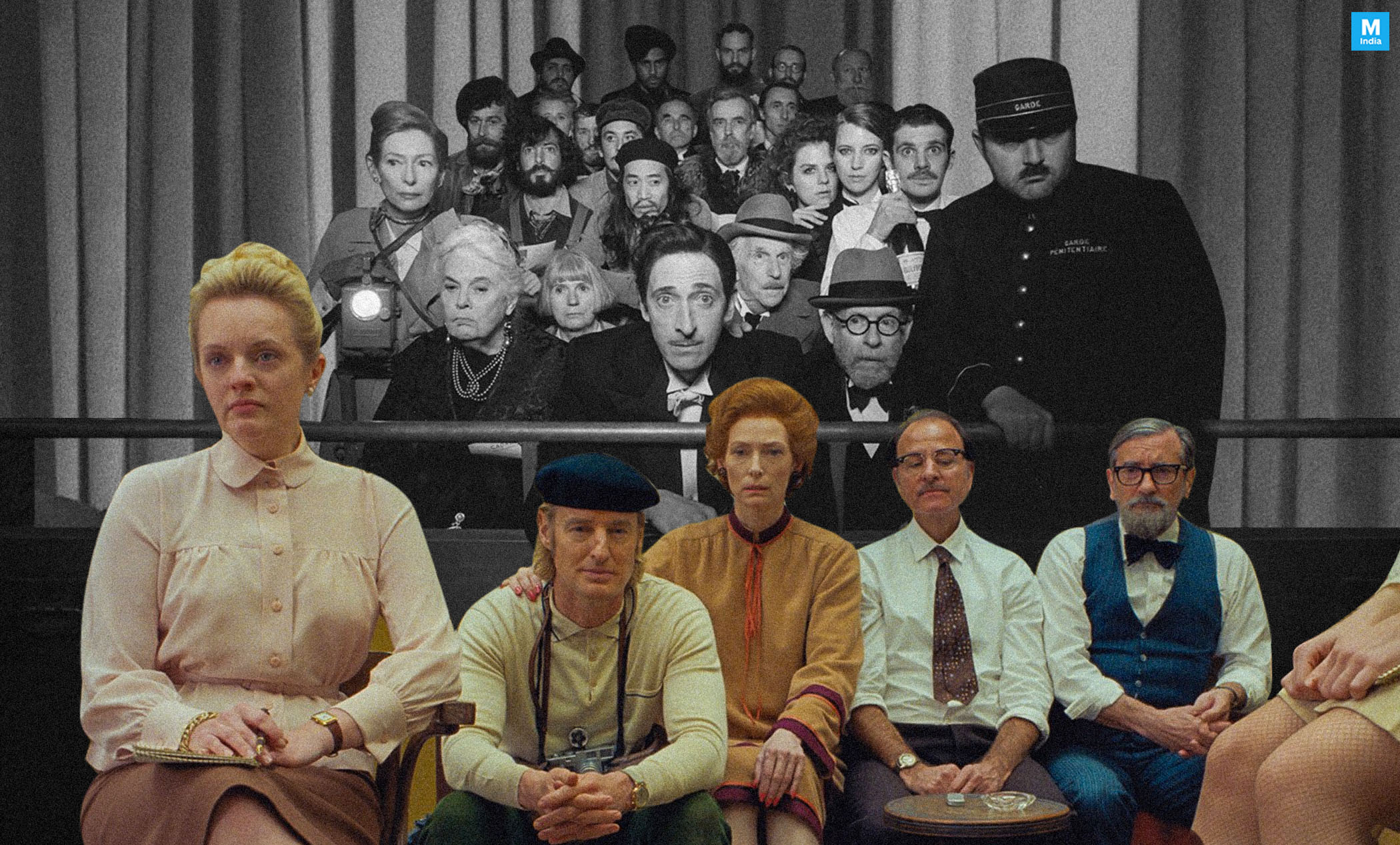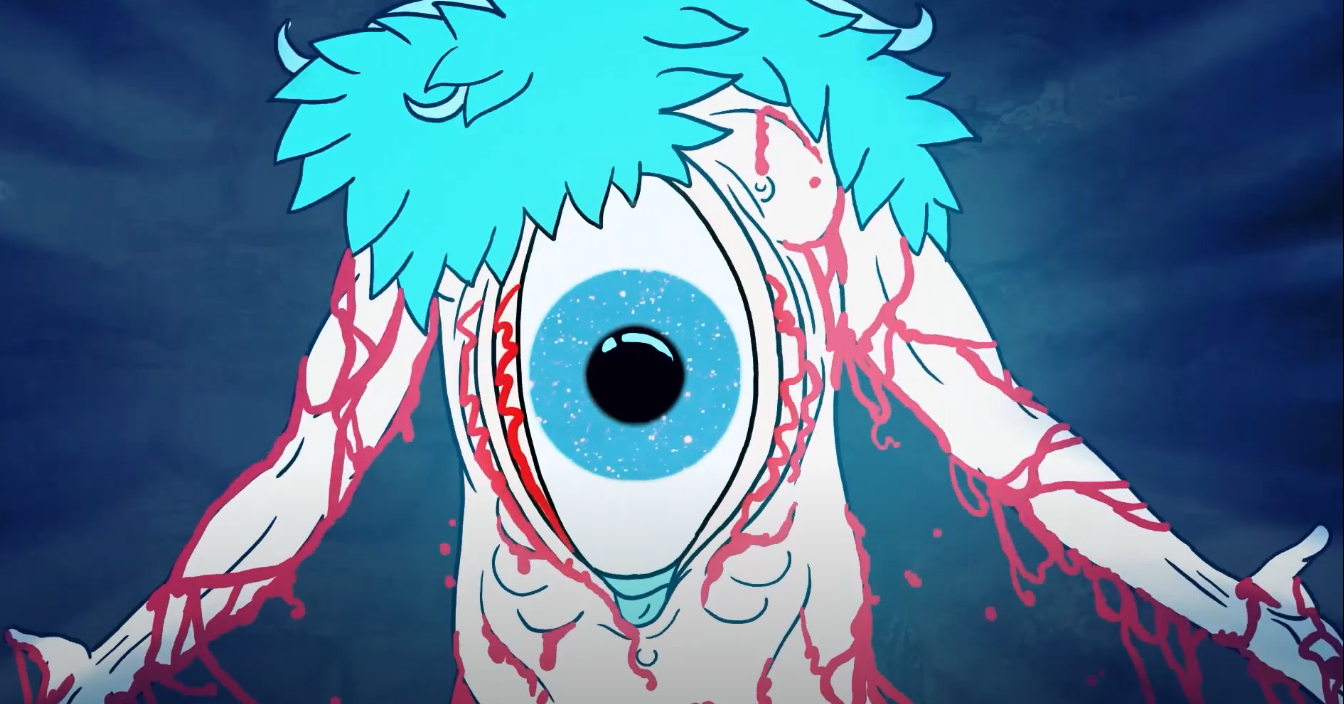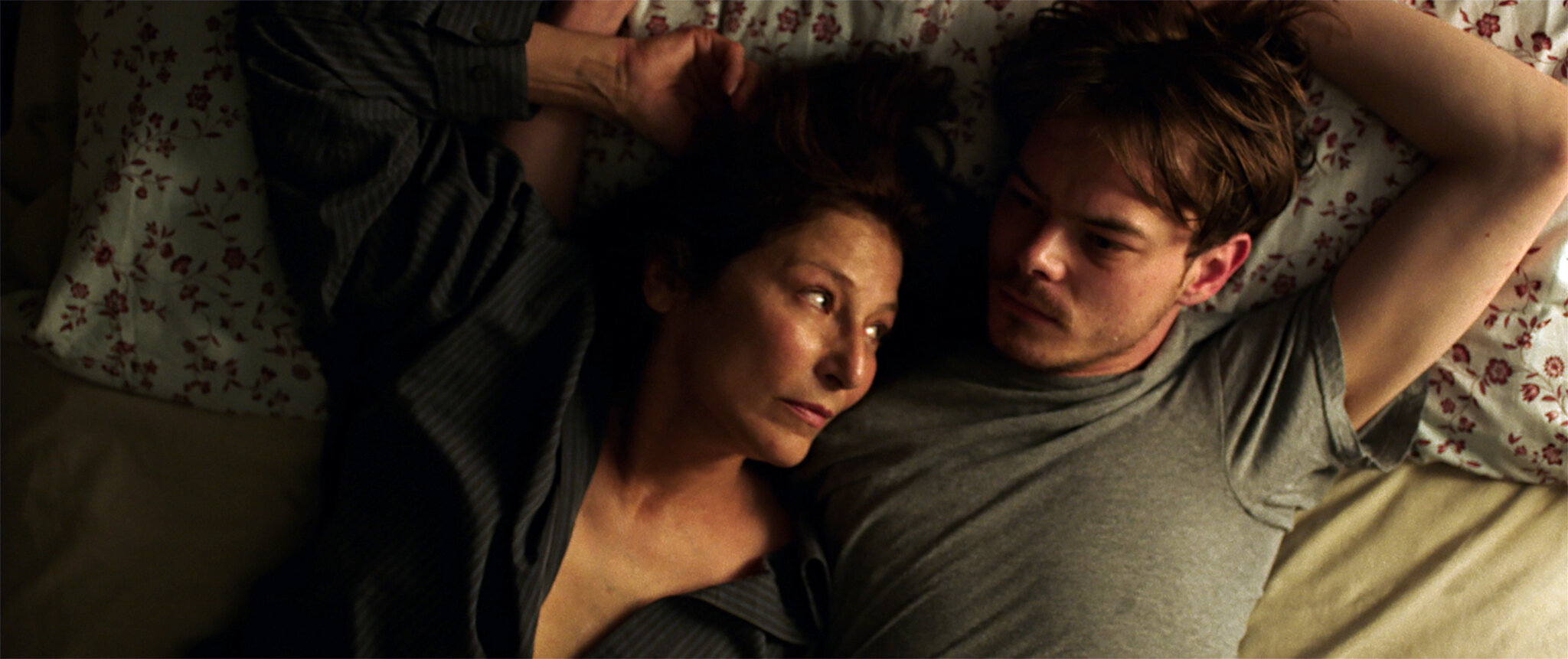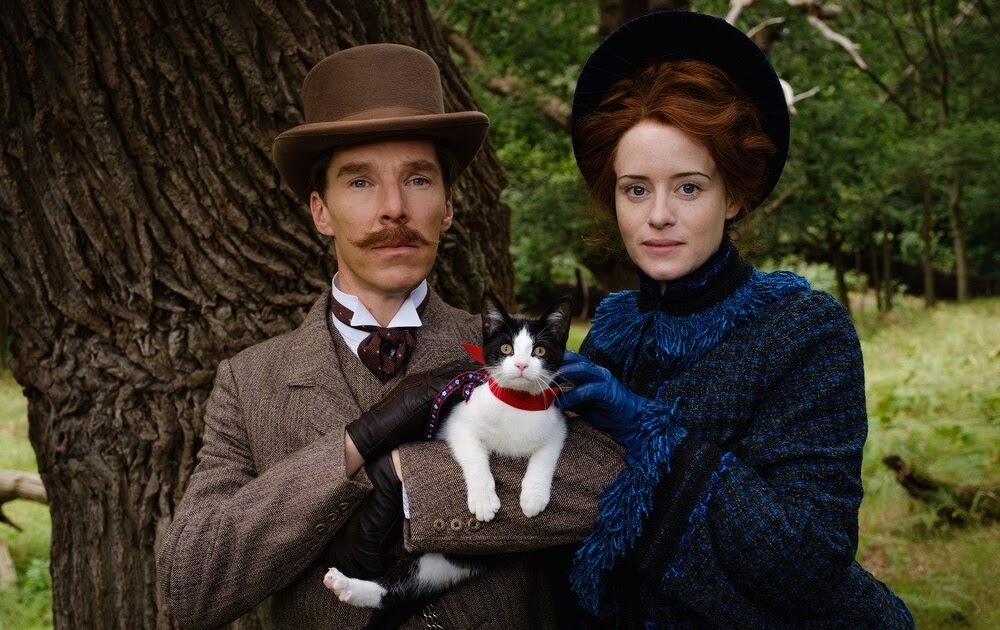Soul (Roh)
by Hope Madden
There is a satisfying if confounding unpredictability about Emir Ezwan’s Malaysian folk horror Soul (Roh).
A slow burn set in an unspecified past, the film shadows a bloody, filthy little girl (Putri Qaseh) in a jungle as she watches a village burn before disappearing into the tree cover. When she later follows a pair of siblings back to their isolated hut, we know Mom (Farah Ahmad) probably should not take the straggler in.
But how could she turn her away?
What follows is a spooky tale of rural superstition that sees humans as gullible playthings to supernatural forces.
Ezwan draws naturalistic, believable performances from the cast of six, three of them children. Though Qaseh delivers only one line, she makes it count. But it’s Ahmad’s performance unadorned performance that generates the film’s uneasy central idea that a person’s character, choices, strengths or weaknesses are irrelevant in the face of a cruel and random power.
Whether that power is God or evil, nature or society doesn’t much matter.
Making the most of limited resources, the filmmaker casts a spell of a kind only found deep in the woods. The setting itself behaves as its own character, menacing and magical. Saiffudin Musa’s camera conjures the beauty and decay, both danger and sustenance around every turn.
You never know what you’ll find—true of the jungle and of this film.
There’s nothing showy about Ezwan’s feature debut. Instead, a raw but graceful understatement balances something supernatural with something profoundly earthly to deliver blood, dread and fear.

